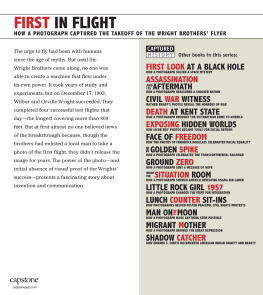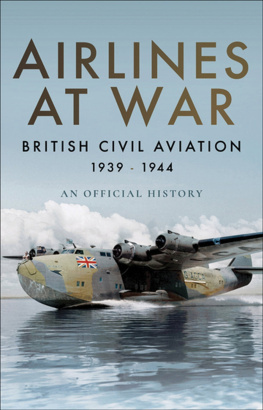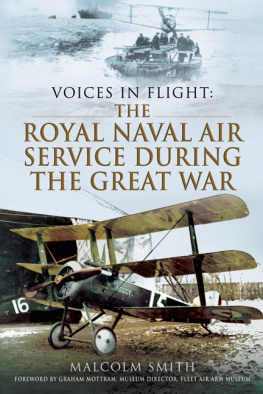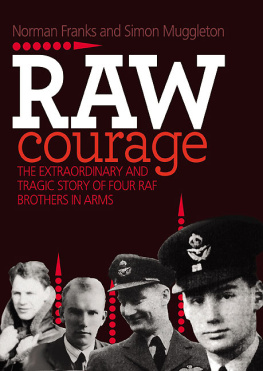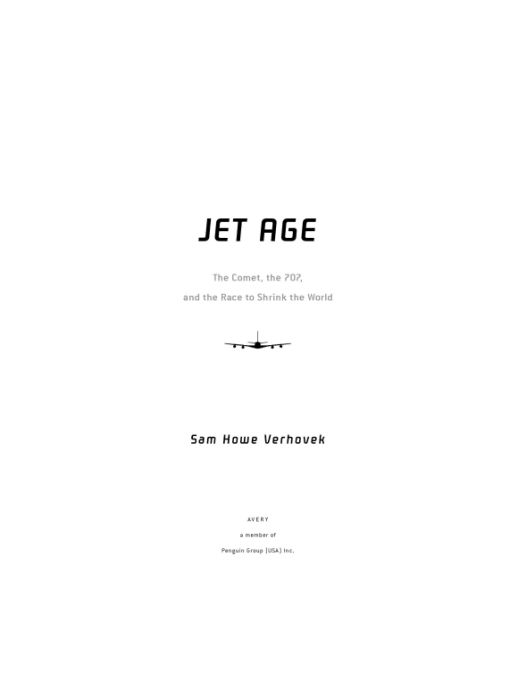Table of Contents
Lisa, come fly with me
It is doubtful if aeroplanes will ever cross the ocean.... The public has greatly over-estimated the possibilities of the aeroplane, imagining that in another generation they will be able to fly over to London in a day. This is manifestly impossible.
William Pickering,
astronomer, Harvard University, 1908
From the commercial point of view, I see no prospect of large aeroplanes, carrying large numbers of passengers, competing either in price, convenience, safety or even in speed, with trains.
Mervyn J. P. OGorman,
Superintendent, His Majestys Balloon Factory (UK), 1911
In the opinion of competent experts it is idle to look for a commercial future for the flying machine. There is, and always will be, a limit to its carrying capacity which will prohibit its employment for passenger or freight purposes in a wholesale or general way. There are some, of course, who will argue that because a machine will carry two people another may be constructed that will carry a dozen, but those who make this contention do not understand the theory of weight sustentation in the air.
W. J. Jackman and Thomas Russell,
Flying Machines: Construction and Operation, 1912
Theyll never build em any bigger!
C. N. Monty Monteith, chief engineer, Boeing Airplane Company, on introduction of the ten-passenger Boeing 247, 1933
Preface
This is a book about the first generation of jet airliners and the people who designed, built, and flew them. Long before there was a World Wide Web, the jet airplane wove the world together by enabling people to travel great distances in a matter of hours, and thus must rank very high on the list of humanitys most important technological creations. If medieval serfs or the Founding Fathers were somehow transported forward in time to the present day, what would they find most astonishing? Google Earth, perhaps. The iPhone, sure, though I suspect that before too long they would rib us about all the dropped calls. But I think theres a good chance that they would be most amazed by our jetliners, whizzing around up there at more than 500 miles per hour.
The dream of flight goes back to the very beginning, when man first saw bird, but it is only in the last few generations that it has been fulfilled. Yet today the modern airliner is in so many ways a victim of its own success, such a commonplace that few of us even pause to look at one soaring in the sky or think much about jet travel at all except when it inconveniences us, when our plane is crammed to the gills with all those other people or delayed by hours as we inch forward on a taxiway, waiting for all those other planes to take off or land.
It was once terrifically exciting to travel on a jet airliner. That is in stark contrast to today, when the European jet-building consortium mundanely calls itself Airbus, and indeed most people think of air transport as a glorified bus operation, in the words of Michael OLeary, the chief executive of the European low-cost carrier Ryanair. Actually, one could quibble with the glorified part.
Airliners once had lounges; today, we are warned not to congregate in too big a line for the bathroom. It is safe to say that air travel no longer inspires most of us to sartorial heights, but people once got dressed up in their finest clothes to step aboard a jet plane, and both airplane manufacturers and the airlines did a conscious and effective job of selling jet travel as something chic, glamorous, romantic, elegant, exciting, sexy, magic. Even the great U.S. poet and historian Carl Sandburg struggled a bit to capture the thrill of the first commercial jet flight from New York to Los Angeles, in 1959, on which he was a passenger.
You search for words to describe the speed of this flight, Sandburg wrote soon afterward. You are whisked and streaked, you are zipped and flicked, you are sped, hurtled, flashed, shuttled from an ocean on one side of the continent to an ocean on the opposite side in less time than it takes the sun to trace a 90-degree arc across the sky.
The path to the Jet Age was triumphal and, in the grand scheme of things, amazingly rapidless than fifty years after the Wright brothers first flight at Kitty Hawk, Great Britain led the world with the first commercial jet, the de Havilland Comet. But Manifest Destiny in the air was laced with tragedy, most notably in the deadly and mysterious flaw of this pioneering airliner, which caused three Comet jets to blow apart in the sky, killing everyone aboard.
The story culminates in the October 1958 race between two airplanesand between two nations, two global airlines, and two rival teams of brilliant engineersfor bragging rights to the first jet service across the Atlantic Ocean. This Anglo-American competition came right down to the wire at New Yorks Idlewild Airport (todays JFK), pitting the Comet, flown by the British Overseas Airways Corporation and completely redesigned to correct its fatal flaw, against the Boeing 707, launched into its inaugural service by Pan American World Airways.
The horse race in the sky had only one winner, but in a larger context, the aviation industry itself was now poised for an era of dominance. Until 1958, more people crossed the Atlantic Ocean aboard ships than on airplanes, and in the United States, the ten largest transportation companies that year were all railroads. Fewer than one in ten American adults had ever even been on an airplane.
The jet airplane changed everything, not just consigning many ships to the cruise industry and trains to the freight yards, but exponentially increasing the number of overall passengers among nations. The modern-day Magellans who designed and flew it really did shrink the world, in the sense that they changed our perceptions of distance in relation to time. Cities that were once six days apart became six hours apart; the idea, in the minds eye, of how far it was from New York to Los Angeles changed, from four days to five hours, in less than a generation.
Before jet travel, only the very wealthy could affordin sense of the time or the moneyto cross back and forth over the oceans. True, a much larger number of immigrants crossed the Atlantic and the Pacific in ships to get to the United States, but those who did so knew that when they left their birthplaces, they would most likely never set eyes on the old country again. Today, even people of relatively modest meansa Filipina nurse working in Kuwait, the Punjabi taxi driver taking you home from the airport in the United Statesare able to return by jet to see loved ones once a year.
Jet airplanes gave us a wider range of choices of the heart, as people on opposite coasts or even in different nations found they could carry on long-distance relationships in a way simply not imaginable to any other generation in history. They opened vast new possibilities for mass tourism, such as sunny beach escapes in the middle of winter. Hawaii, for example, had just 171,367 visitors in 1958, the year before Pan Am introduced jet service to Honolulu; within five years of that inaugural flight, this annual tourism figure had tripled, and by 1970 it was 1.75 million. Today its 7 million, with virtually everyone going in and out on a jet airplane.


![ZHyul Vern - Off on a Comet [Hector Servadac]](/uploads/posts/book/834994/thumbs/zhyul-vern-off-on-a-comet-hector-servadac.jpg)
